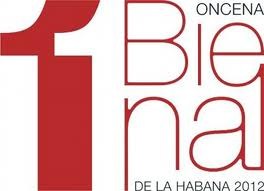The curatorial team proposes to dedicate this eleventh edition to an assessment of the behavior of the relationship between visual productions and the social imaginary. When speaking of social imaginary, they point out thatt they are not referring to a theoretical body, but to the way people imagine their social space and express themselves through cultural and historical references, and to the symbolic dimension they acquire through art.
The social imaginary expresses the bonds and relationships of wide groups of people that include, at the very best, society in its entirety, sharing common interests and establishing levels of legitimacy. It is the place where form is given to the notions of what is public, of citizen space and of the different aspects that make communicative interaction possible. Although this concept includes the social norms, it also involves those components of personal character and individual subjectivity that unquestionably become part of a larger system. Its nature implicitly contains the main conflicts we detect today in the urban environment, one of the networks where it becomes evident in an exceptional way.


